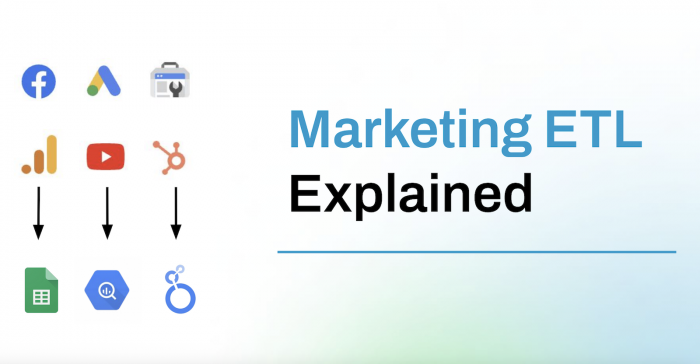Just a few years ago, cryptocurrency seemed like something futuristic, and only enthusiasts could accept payments in Bitcoin. In 2025, the situation is completely different. In this article, we will look at different solutions for integrating crypto payments, how payment processing works, and the role of cryptocurrency API in this process.
Why Add Crypto Payments Now

Traditional payment methods are well known to businesses: bank cards, payment systems, mobile wallets. But they have their limitations: high fees, complicated international transfers, long processing times. Cryptocurrency offers an alternative that is becoming increasingly in demand.
- Borderless global reach. For example, a small e-commerce store from Germany can sell products to a customer in South America without currency restrictions.
- Transaction speed. Cryptocurrency transfers happen almost instantly regardless of country.
- Security. Blockchain technology reduces the risks of fraud.
Many companies offering cryptoprocessing services already provide ready-made solutions for businesses that want to integrate cryptocurrency payments, ranging from in-store terminals to simple website plugins.
Integration Options: From Simple to Advanced
There are several ways a business can implement crypto payments. The choice depends on company size, budget, and technical needs.
- Payment gateways.
This is the fastest way to add crypto payment integration. You connect a third-party service that processes payments, converts cryptocurrency into fiat, and transfers funds to your account. The advantage is ease of setup, while the downside is dependence on the provider and its fees. - Using a cryptocurrency API.
For companies with in-house developers, payments can be integrated through a cryptocurrency API, which allows more flexible customization of the process. For example, the API can automatically check the status of blockchain transactions and confirm payments on the website. This suits larger projects where scalability matters. - Custom solutions.
Large corporations sometimes develop their own tools for crypto payment processing. This is a complex path but gives full control over the system. In practice, most businesses prefer ready-made platforms because they save time and resources. - What to Consider Before Integration
Integrating crypto payments is not only about technology but also about business logic. Before launching, it’s worth assessing several factors:
- Regulations. Different countries treat cryptocurrency differently. In the EU, new MiCA rules set requirements for transparency and user protection.
- Fiat conversion. Most companies don’t want to hold crypto due to its volatility. That’s why services like Whitepay allow instant conversion to UAH, EUR, or USD.
- User experience. The simpler it is for clients to pay, the higher the conversion. A good example: online stores where a customer only needs to scan a QR code, and the payment is credited instantly.
- Security. While blockchain is secure, mistakes in coding or private key storage can cost businesses a lot.
Real Business Examples
To understand how crypto payment integration works in the real world, let’s look at a few cases:
- Borderless travel. Travala allows customers to book hotels and flights with cryptocurrency. Clients from different countries can quickly pay without currency conversion fees, while the service itself gains a competitive edge in the travel industry.
- Retail. In El Salvador (where Bitcoin has become an official currency), large supermarkets accept crypto payments just like bank cards. This has encouraged local businesses to adopt new technologies and expanded opportunities for shoppers.
- IT services. Some freelance platforms have integrated crypto payment integration so that specialists from anywhere in the world can get paid instantly. This is especially important in countries with unstable banking systems. A good example is the freelance platform LaborX, where professionals can receive payments in cryptocurrency. Funds are held in escrow until the client confirms the work, after which the payment is instantly released to the contractor.
These examples show that crypto payments are not just a technological novelty but a real tool that gives businesses access to new markets and audiences.
Crypto Payment Integration for Business in 2025
Whether you’re a small online shop or a large international corporation, there are solutions to set up convenient and secure payment processing.
Using a cryptocurrency API opens opportunities for customization, but most businesses value the simplicity of ready-made platforms. Adding cryptocurrency payments in 2025 is a smart step that allows brands to become more convenient for a wider range of customers.
Key benefits for businesses:
- Expanding the audience
- Fast transactions
- Lower fees compared to traditional payment systems
- Security powered by blockchain technology
- Flexibility in conversion
By integrating this method, a company can significantly optimize its payment processing.
Post Comment
Be the first to post comment!





